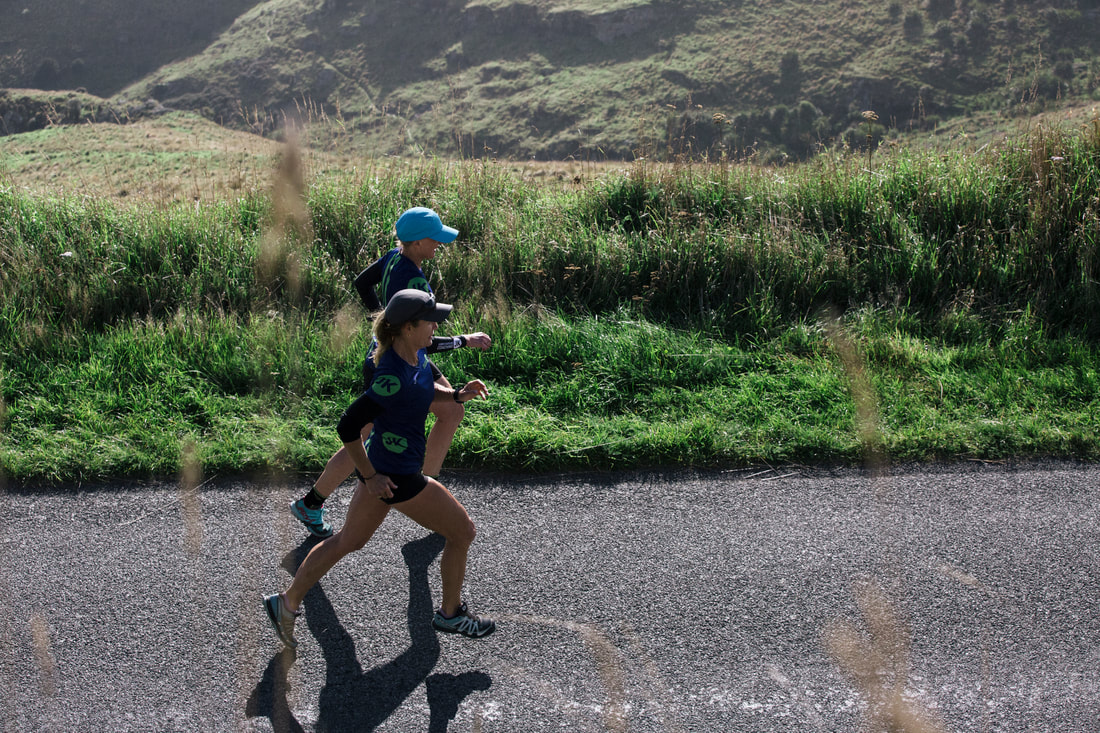Working with your pseudo VO2 Max
In recent articles we have perused the topics of energy systems, running economy and training zones. All of these are foundational concepts in the overarching discipline that is exercise prescription. Prescribing exercise – whether done by a coach or self-prescribed by an individual – is typically fuelled by some sort of training goal. To get fitter; to run a sub-2-hour marathon; to live a long and healthy life; these are all training goals that oblige one’s adherence to a training plan or programme.
At James Kuegler Coaching, we like to closely monitor each and every athlete’s progress using various different metrics. Some of these metrics are completely different from one individual to the next; for example, one athlete might keep a subjective record of their energy levels throughout the day, while the next person might not be interested in tracking energy levels and instead will regularly document their hip and ankle flexibility. We also have a few indices or measures that are always applied to all of our athletes. One of these, in particular, is a simple way of tracking aerobic fitness levels whilst also being a super effective method for recommending running paces for each training zone. It’s called VDOT.
VDOT is a model first developed by James Gilbert and Jack Daniels. No, it has nothing to do with bourbon. The VDOT is a pseudo-VO2max. A pseudo VO2 Max is an estimate of an individual’s maximal oxygen capacity from which relative running velocities can be calculated to cater for different training zones. Basically, VDOT is a value that reflects a runner’s level of fitness. You can determine your own VO2 Max in an exercise physiology lab by undergoing an unpleasant series of maximal exertion testing, or, you can use your recent race times to reasonably accurately calculate your score. We have our own slant, and have adapted Gilbert and Daniels’ original work so that we can provide athletes with a realistic and relative pace to aim for in training for any type of running session.
Like most things, VDOT has its flaws and it is certainly not an exact science. So, it’s application has some caveats that are worth understanding or discussing with a coach. However, with the right knowledge and appropriate consideration of training conditions, VDOT is a fantastic tool for building robust running fitness.
So what is your VDOT? How can you improve it? How can you use your VDOT to get the most out of your running every day? If you’d like to answer these questions and see the progress that hundreds of other James Kuegler Coaching athletes have experienced, click here.
Click here to download a FREE James Kuegler Coaching VDOT Matrix.
VDOT is a model first developed by James Gilbert and Jack Daniels. No, it has nothing to do with bourbon. The VDOT is a pseudo-VO2max. A pseudo VO2 Max is an estimate of an individual’s maximal oxygen capacity from which relative running velocities can be calculated to cater for different training zones. Basically, VDOT is a value that reflects a runner’s level of fitness. You can determine your own VO2 Max in an exercise physiology lab by undergoing an unpleasant series of maximal exertion testing, or, you can use your recent race times to reasonably accurately calculate your score. We have our own slant, and have adapted Gilbert and Daniels’ original work so that we can provide athletes with a realistic and relative pace to aim for in training for any type of running session.
Like most things, VDOT has its flaws and it is certainly not an exact science. So, it’s application has some caveats that are worth understanding or discussing with a coach. However, with the right knowledge and appropriate consideration of training conditions, VDOT is a fantastic tool for building robust running fitness.
So what is your VDOT? How can you improve it? How can you use your VDOT to get the most out of your running every day? If you’d like to answer these questions and see the progress that hundreds of other James Kuegler Coaching athletes have experienced, click here.
Click here to download a FREE James Kuegler Coaching VDOT Matrix.




